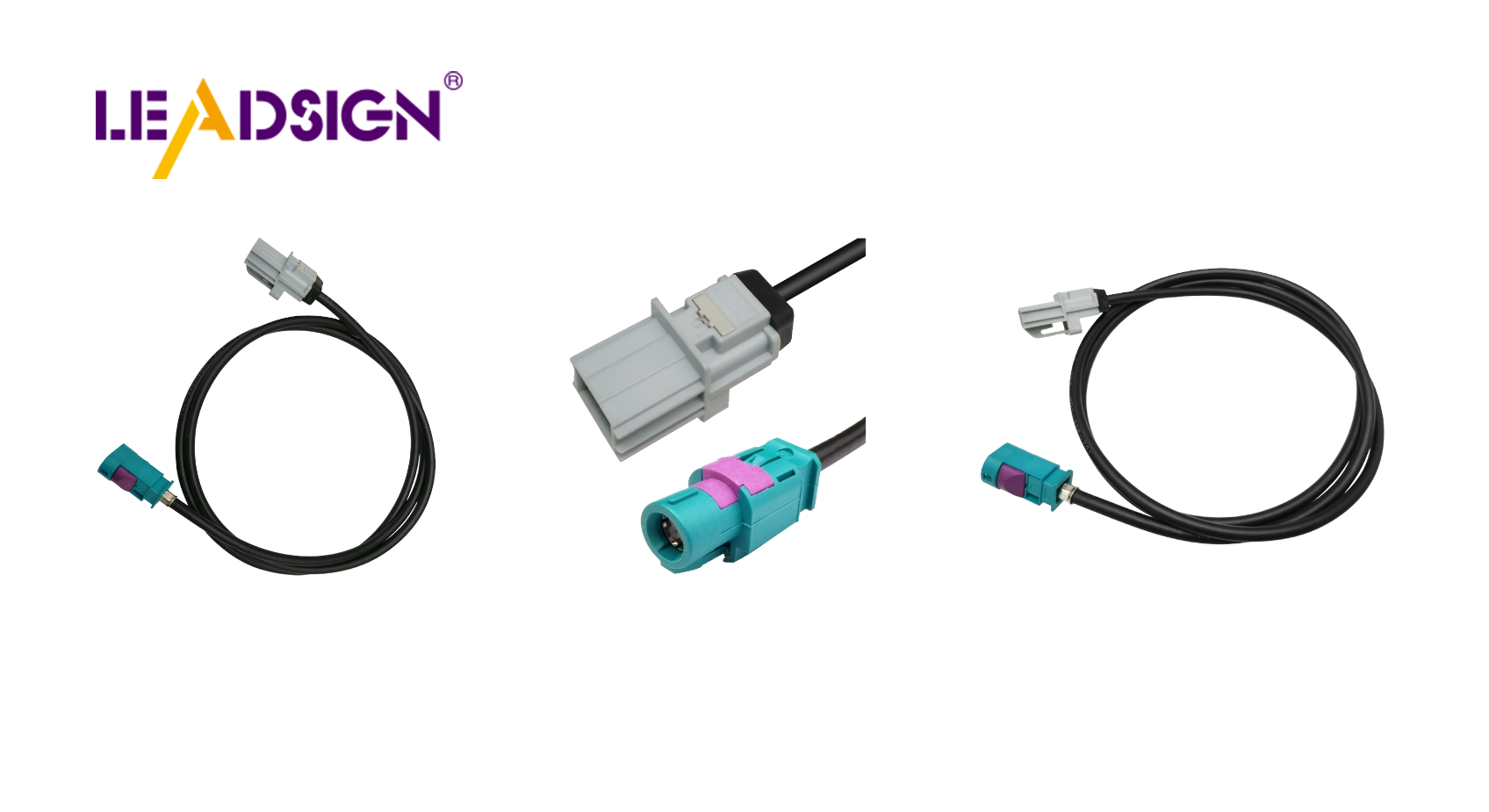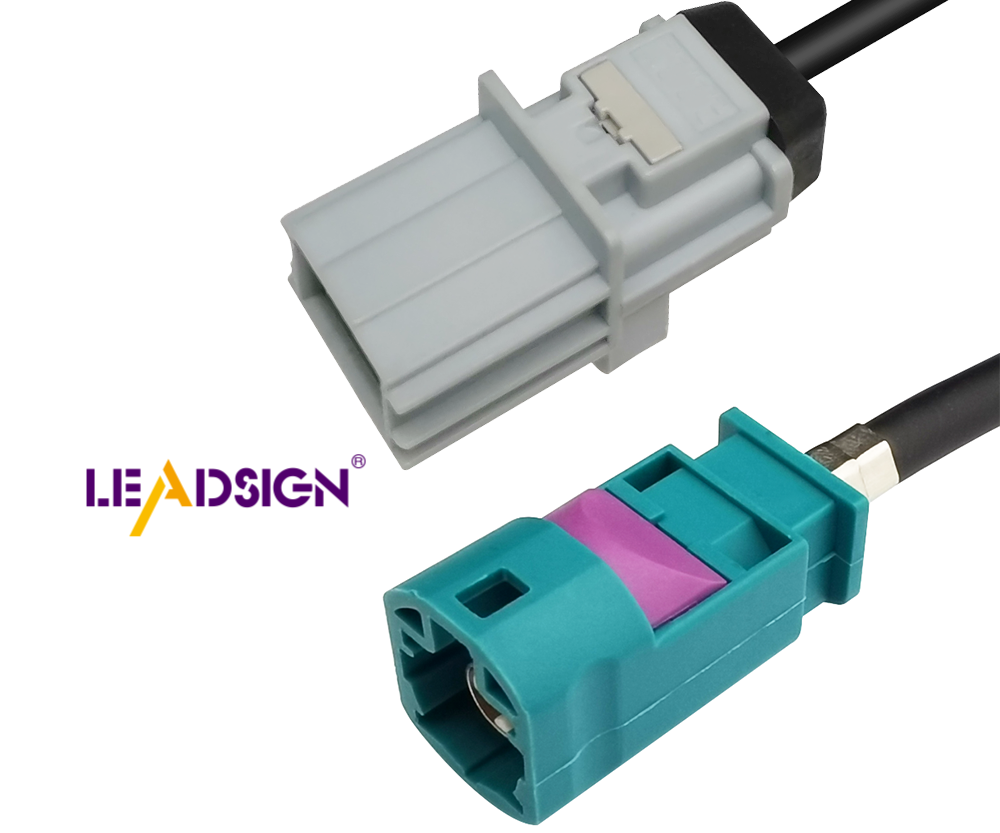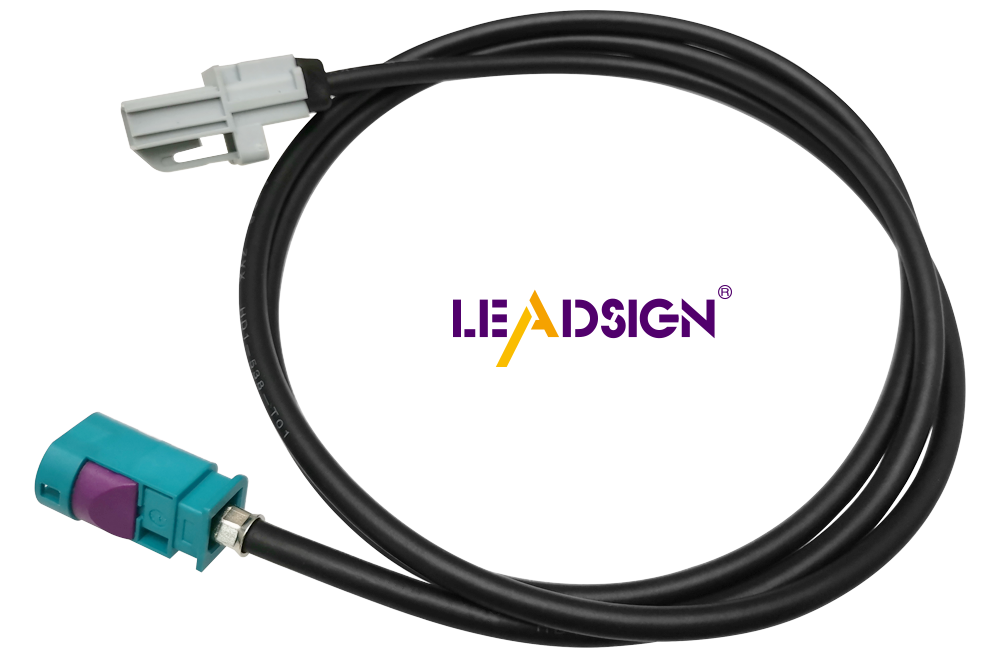Your Guide to Vehicle Connectors: A Story of Replacement

When you take care of your car, finding the right connectors is key. Connectors help keep your car safe and working well. Did you know connector problems cause 40-50% of failures in military gear? This shows why picking the right ones matters. By choosing correct connectors, you stop problems and keep your car running fine. So, let's explore vehicle connectors and learn to find them easily.
Key Takeaways
Understanding vehicle connectors is crucial for maintaining your car's electrical systems and overall performance.
Identify connectors by their shape, size, and color to quickly determine their function and compatibility.
Always consult your car's manual or reliable online resources to find specific connector information for your vehicle.
Use essential tools like pliers and multimeters to ensure safe and effective connector replacement.
Follow safety precautions, such as disconnecting the battery and wearing protective gear, before starting any connector work.
Carefully remove old connectors and ensure new ones match in type and size for a secure fit.
Regularly replacing faulty connectors can prevent significant vehicle issues and enhance safety on the road.
Understanding Vehicle Connectors

Vehicle connectors are very important for your car. They help all the electrical parts talk to each other. This keeps things like your radio and engine working well. Let's learn more about these connectors and why they matter.
What Are Vehicle Connectors?
Definition and Function
Vehicle connectors join different parts of your car with electricity. They connect the main parts, engine, control systems, and tools inside the car. Think of them as bridges for electric signals in your car. This helps everything work together smoothly.
Types of Connectors in Vehicles
There are many types of vehicle connectors, each with a job to do:
OBD2 Connectors: These have 16 pins and let you check your car's computer data. Every car since 1996 has them.
In-Line Connectors: Made from metal or plastic, these have many pins and are used in electronics, including cars.
Automotive Pigtail Connectors: These link sensors and wires. They're tough against shaking and heat.
FAKRA Connectors: With plastic covers and colors, they stop wrong connections. They're used a lot in car communications.
Role in Vehicle Systems
Electrical System Integration
Vehicle connectors help join your car's electrical systems together. They make sure power and information move easily between parts. For example, FAKRA connectors are used in music systems to keep sound and video signals strong.
Impact on Vehicle Performance
Your car works best with good connectors. Strong ones handle hard conditions without losing signal strength. This means everything from the engine to music plays without stopping. Picking good connectors makes your car last longer and work better.
Finding the Right Connector
Finding vehicle connectors can seem tricky. But it's not too hard. Let's learn how to spot them by looking and checking maker details.
Spotting by Look
You can often tell connectors just by seeing them. Here's how:
Noticing Shape
Look at the connector's shape first. Many have special shapes that stand out. Some are round, others are square. By checking these shapes, you can choose faster.
Checking Size and Color
Next, think about size and color. Connectors come in different sizes, and colors show what they do. A blue one might be for music systems; a red one could be for power. Notice these things to guess what it does.
Using Maker Details
Sometimes looking isn't enough. That's when you check maker details.
Reading Car Manuals
Your car's manual has lots of info. It shows pictures and talks about connectors in your car. By reading it, you find the right details you need.
Searching Online
The internet is also helpful. Many sites have guides on vehicle connectors. You can look up your car type to find info you need fast.
Jan Tremel, a car expert, says using good sources helps find connectors best. He thinks mixing looks with maker details works well.
By doing this, you can pick the right vehicle connectors easily.
Tools You Need for Changing Connectors
When you want to change vehicle connectors, having the right important tools helps a lot. Let's look at the important tools you'll need.
Important Tools
Pliers and Multimeters
Pliers are great for holding and twisting wires. They help you grip connectors tightly while working. Use them to bend or cut wires if needed. A multimeter is also very important. It checks electrical connections by measuring voltage, current, and resistance. This makes sure everything works well before and after changing connectors. With these tools, you can do most connector jobs easily.
Tools for Taking Out Connectors
To take out connectors without breaking them, use special tools. Connector De-Pinning Tools are perfect for this task. They let you safely remove pins from connectors in complex systems like those in Chevy Tahoes. Buying a tool from the maker can be worth it even if it's expensive because they work better than regular ones. For example, some people find a small flat-blade screwdriver works okay for Toyota connectors. But special tools made for certain connectors usually work best.
"Good crimpers made for specific size wire and terminal... One Molex crimper I have is like $350 retail but I was able to score it off eBay for under 100." - A user talks about using special tools.
By getting these important tools, you make changing connectors easy and successful.
Step-by-Step Replacement Guide

Changing car connectors seems hard, but it's not. Follow these steps to do it right.
Safety Precautions
Safety is very important before you start. Keep yourself and your car safe.
Disconnecting the Battery
First, take off the battery cable. This stops shocks or sparks while you work. Find the negative end of the battery. Use a wrench to loosen it. Remove the cable and put it aside. This stops power from going through connectors when working.
Wearing Protective Gear
Next, wear safety gear like glasses and gloves. They keep your eyes safe from bits and your hands from cuts or wires. Always wear safety gear first.
Removal Process
Now you're ready to take out the old connector safely.
Locating the Old Connector
Find where the old connector is in your car. If unsure, check your car's manual for help with pictures and spots of connectors.
Safely Detaching the Connector
Once found, gently remove it using a tool or small screwdriver to unlock tabs. Don't pull too hard; this keeps other parts safe.
Installation Process
With the old one out, put in the new connector carefully.
Preparing the New Connector
Check if new matches old in type and size before putting it in place.
Securing the Connector in Place
Push new connector into socket until it clicks locked. Tug lightly to make sure it's secure and won't fall out.
An expert says if a connector fails, cars can stop or lose lights. By following these steps, you keep your car safe and working well.
You now have what you need to find and change car connectors easily. Choosing the right connector is very important for your car's safety and how well it works. Bad connectors can cause problems like your car stopping or lights going out. By changing bad connectors, you make your car safer and follow rules.
Connector problems cause many failures in military equipment. This shows why good connectors are so important.
Keep your car working well by picking connectors that fit the weather around you. With this guide, you're ready to handle any connector problem.
See Also
Understanding Ford Fakra Connectors: A Comprehensive Overview
Transforming Vehicle Connectivity: Benefits of HFM Connectors
Uncovering the Advantages of Fakra Connectors in Cars

